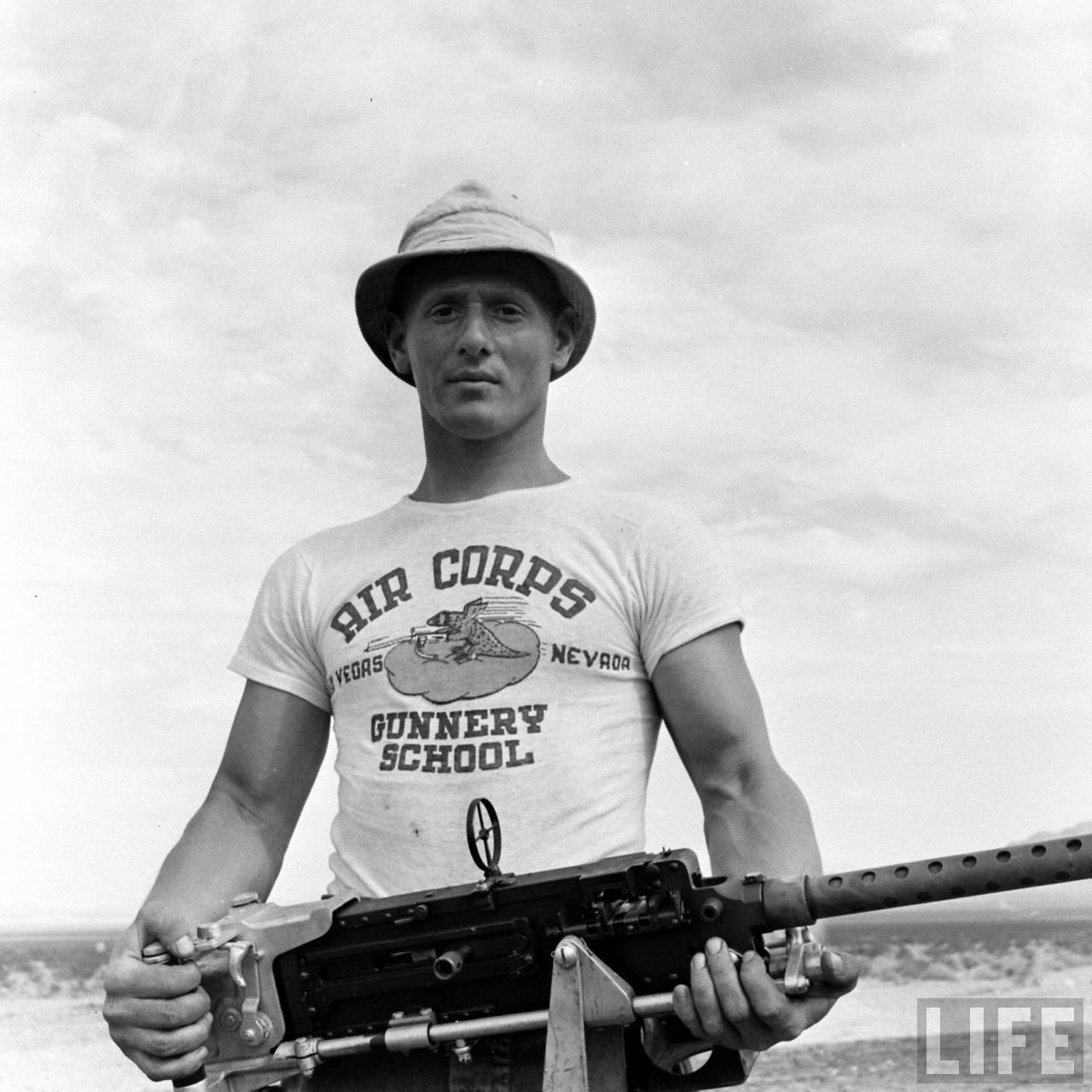The History of the T-Shirt: From Undergarment to Cultural Icon
One of the most popular pieces of clothing worldwide, the T-shirt holds a permanent spot in almost everyone’s wardrobe, regardless of age or gender. Aptly named for its “T” shape, this versatile and comfortable apparel has transcended its practical origins to achieve cultural icon status. But how did the T-shirt become such a wardrobe staple? Let’s delve into the fascinating history of the T-shirt, tracing its journey from its humble beginnings to its modern-day prominence.
Origins of the T-Shirt
The history of the T-shirt begins in the 19th century, rooted in the pursuit of comfort and practicality. Originally derived from button-up, onesie-style undergarments, the concept of dividing this garment into a two-piece set of T-shirt and underpants emerged in the late 1800s.
In 1913, the United States Navy officially incorporated the T-shirt into its uniform. These early military T-shirts were white, cotton-made, and featured a basic T-shaped design with a rounded neck and short sleeves. While initially considered “underwear,” these lightweight T-shirts proved invaluable for sailors and marines working in warm climates, offering a practical solution for staying cool while maintaining a professional appearance.

The Rise of Mass-Manufactured T-Shirts
A significant milestone in the history of the T-shirt came with mass production, spearheaded by Fruit of the Loom in the early 1900s. Thanks to advancements in manufacturing, T-shirts became more affordable and accessible to a wider audience.
In 1920, the term “T-shirt” officially entered the English dictionary, popularized by author F. Scott Fitzgerald in his novel This Side of Paradise. By the 1930s and 40s, T-shirts began transitioning from undergarments to outerwear, aided by advertising campaigns from retailers like Sears, which assured the public that wearing T-shirts alone was both acceptable and fashionable.
T-Shirts and Pop Culture
The history of the T-shirt took a pivotal turn in the mid-20th century when it emerged as a symbol of rebellion and style. Hollywood stars such as Marlon Brando (The Wild One, 1953) and James Dean (Rebel Without a Cause, 1955) transformed the T-shirt into a statement of youthful defiance and individuality.
Simultaneously, advancements in fabric technology enabled the creation of T-shirts in softer, more flexible materials like cotton jersey. This innovation allowed for new styles and fits, expanding the garment’s appeal across diverse audiences.

The Advent of Printed T-Shirts
As T-shirts gained popularity, they became a powerful medium for self-expression and branding. The 1970s and 80s saw the rise of printed T-shirts, used for political campaigns, advertising, entertainment, and more. With their affordability and customizability, T-shirts evolved into walking billboards for causes, companies, and personal identity.
During this time, high-fashion brands like Chanel, Calvin Klein, and Ralph Lauren introduced designer T-shirts, further cementing their status as a wardrobe essential.
T-Shirts in the Modern Era
Fast-forward to today, and the T-shirt remains a cornerstone of fashion and self-expression. The 2020s have seen an explosion of styles, from cropped and oversized designs to graphic prints and eco-friendly fabrics. T-shirts are now as likely to appear on a runway as they are in a casual workplace or community event.
Elevate Your Brand with Custom T-Shirts
The history of the T-shirt shows its evolution from simple undergarment to a tool for individualism and branding. Whether you’re looking to outfit your team or create a promotional item, Big Branding Australia has the perfect work T-shirt for your needs.
With options like screen printing, embroidery, and logo design, we can help bring your vision to life. Contact us today for a free quote and start creating T-shirts that tell your story!





